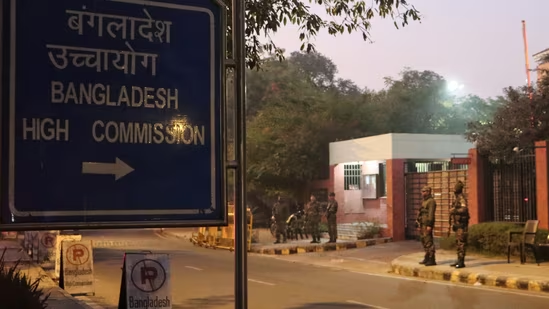STEPS was activated on September 10 when the Aditya L1 was 50,000 km away from Earth, which is greater than eight times the Earth’s radius.
ISRO’s Aditya L1 enters its next leg of operation as it begins the collection of scientific data using the Supra Thermal and Energetic Particle Spectrometer (STEPS) instrument, which will unravel the origin, acceleration, and anisotropy of solar wind and space weather phenomena.
The Bengaluru-based space research organisation states that all the “These STEPS measurements will persist during the cruise phase of the Aditya-L1 mission as it progresses toward the Sun-Earth L1 point.” and will continue once the spacecraft is placed in its intended orbit.
STEPS was activated on September 10 when the Aditya L1 was 50,000 km away from Earth, which is greater than eight times the Earth’s radius. Designed by the Physical Research Laboratory (PRL) in collaboration with the Space Application Centre (SAC) located in Ahmedabad, STEPS comprises six sensors located in different directions to measure supra-thermal and energetic ions ranging from 20 keV/nucleon to 5 MeV/nucleon.
Conducted using low and high-energy particle spectrometers, the data collected by STEPS is said to aid scientists in understanding the nature and behaviour of the particles surrounding the Earth, especially within the magnetic field.
Aditya L1, India’s maiden mission to study the sun was launched on September 2 using a Polar Satellite Launch Vehicle (PSLV-C57) from Sriharikota just a few days after the successful soft landing of Chandrayaan-3’s Vikram Lander on the south polar region of the Moon.
The spacecraft is currently placed in the lower orbit and will be launched towards the Lagrange point also known as L1 to collect data for a better understanding of the sun.































